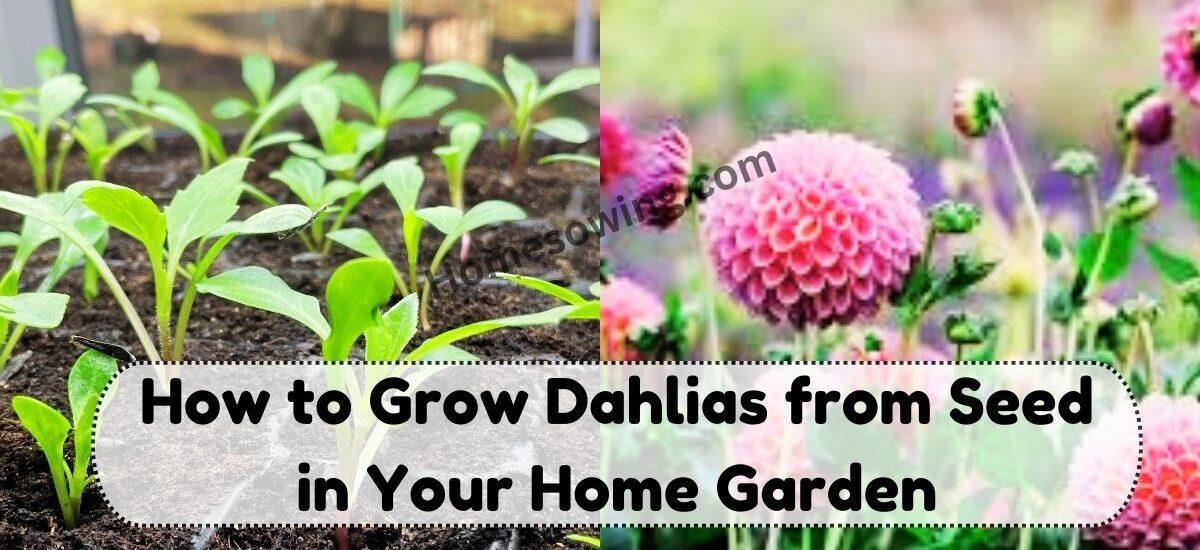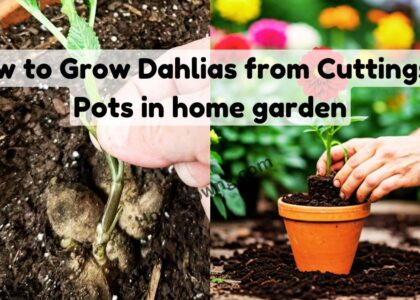Dahlias, with their energetic colors and different forms, are a favorite addition to any home garden. While tubers are the old-style method for propagating dahlias, growing them from seed offers a rewarding and cost-effective alternative. This guide will walk you through the steps of successfully cultivating dahlias from seed in your own backyard.
Selecting the Seeds
Start by choosing dahlia seeds from a reliable source. There are many varieties, so you can opt for different shapes, colors, and sizes. Growing from seed is also more reasonable compared to tubers, and you’ll often end up with a unique mix of blooms.
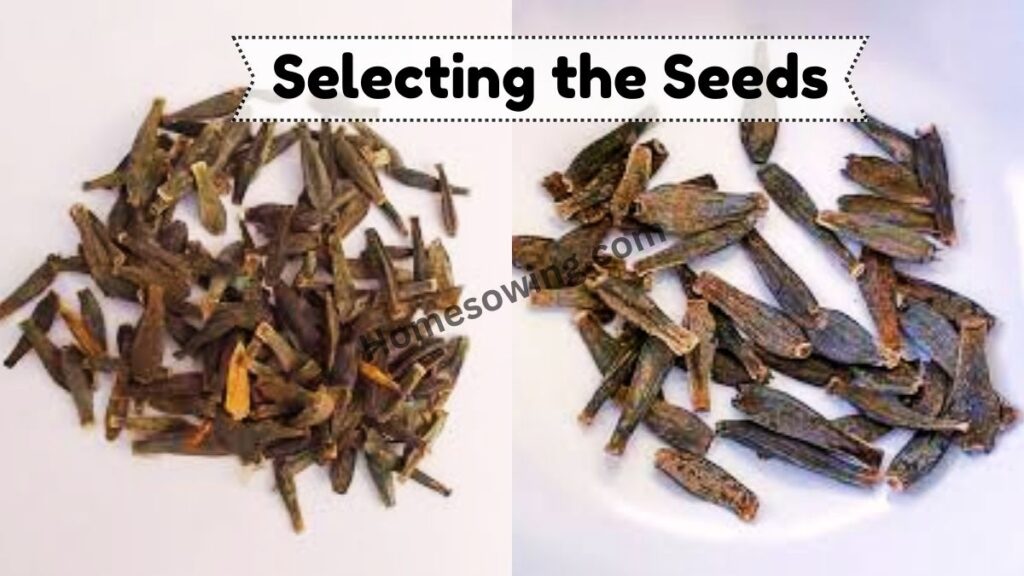
Preparing the Soil
Dahlias prefer rich, well-drained soil. Mix organic compost or aged manure into your garden bed to increase the soil’s structure and nutrients. The soil should have good drainage because dahlias don’t like to sit in water, which can cause root rot. A slightly acidic to neutral pH (6.0-7.0) is ideal.
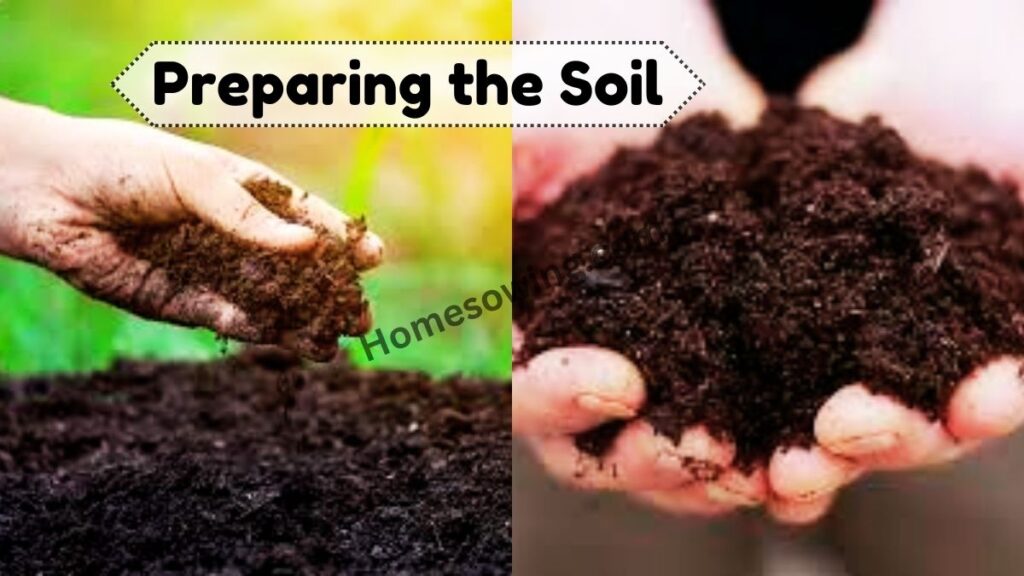
Sowing the Seeds
In early spring, start sowing dahlia seeds indoors about 6-8 weeks before the last frost. Use seed trays or pots filled with seed-starting mix. Sow the seeds about ¼ inch deep and keep the soil moist. Place the trays in a warm, bright spot to help with germination, which should occur in 7-14 days.

Transplanting Seedlings
When the seedlings have 2-3 sets of true leaves and the outdoor temperatures are consistently warm, they’re ready to transfer to the garden. Transplant them in a sunny spot with at least 6-8 hours of sunlight daily. Space the seedlings about 12-18 inches apart to ensure they have room to grow.
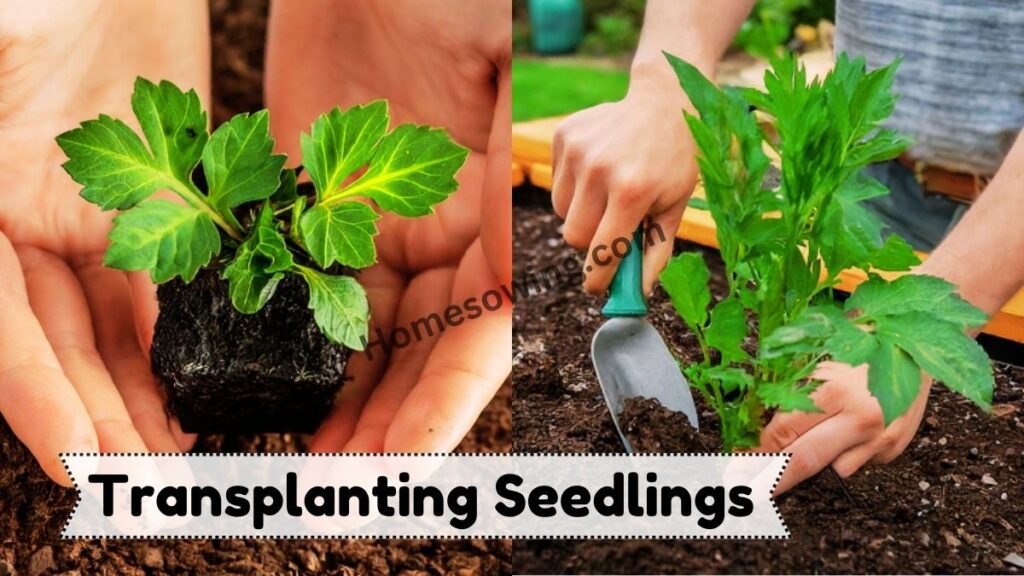
Watering and Mulching
Water the dahlias regularly, especially during dry spells. Keep the soil evenly moist, but avoid overwatering. Mulching around the base of the plants helps retain moisture and keeps weeds under control. A 2-3-inch layer of organic mulch like straw or wood chips works well.

Supporting Growth
As dahlias grow, they can become top-heavy due to their large blooms. Staking or using plant supports helps prevent them from bending or breaking. Tie the stems loosely to the stakes to allow for natural movement without restricting growth.
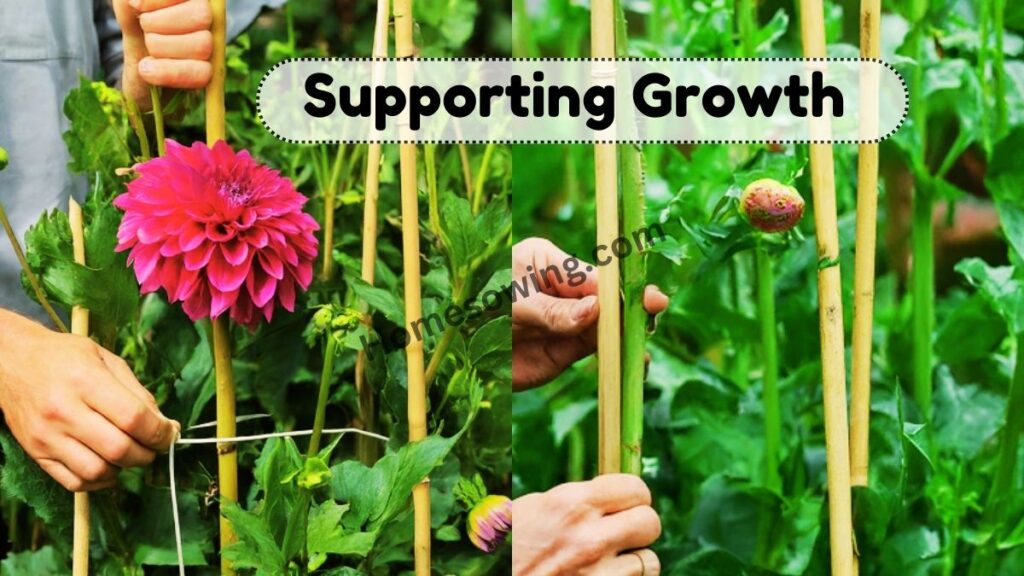
Deadheading and Care
To encourage continuous blooming, regularly deadhead the spent flowers. This redirects the plant’s energy into producing more blooms rather than seeds. Keep an eye out for pests like aphids or slugs, and use natural remedies or insecticidal soap to manage them.



